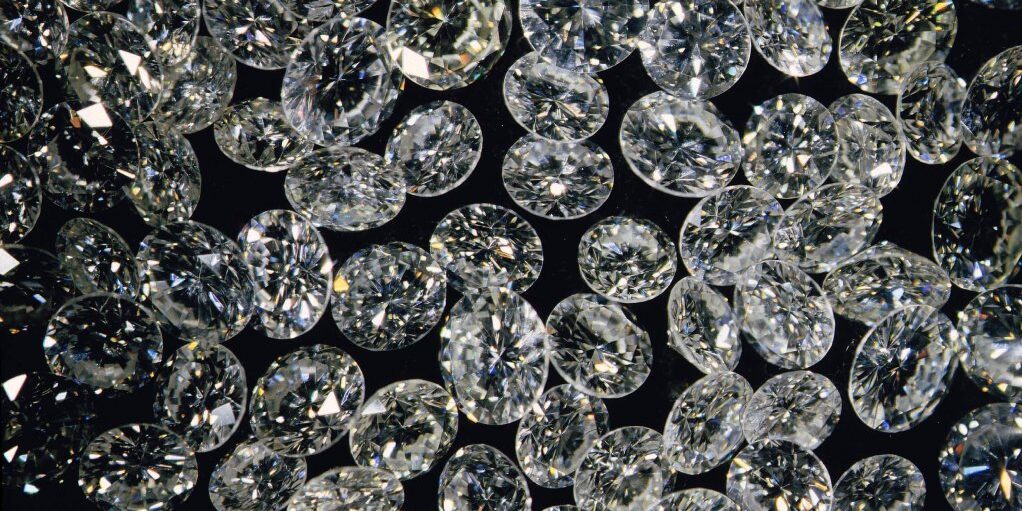MIBA’s Appalling collapse in diamond production, from 10 million carats in 1990 to around 40,000 carats in 2020
The Bakwanga mining company (MIBA), formerly a cornerstone of the Congolese economy, has seen a dramatic decline in production. In 1990, MIBA produced 9,556,436 carats, but by 2020, this number had fallen to just 38,788 carats. Additionally, the number of carats sold fell from 9,650,480 in 1990 to only 14,471 in 2020. This has led to a decrease in revenues from USD 102,573,220 in 1990 to just USD 480,000 in 2020.
MIBA is also facing other challenges, including a steadily declining diamond turnover that made up only 3.94% of the company’s overall turnover in 2020, a low cash position that has hindered its ability to meet its commitments, and high personnel costs that accounted for 78% of turnover and 68.32% of the company’s total expenses in 2020. The company has a significant amount of debt, totaling USD 384,532,958, or more than 31 years’ worth of its 2020 turnover. A significant portion of this debt is social debt, valued at USD 178,058,873, or 46% of total debt.
Last week, a recovery program was adopted for MIBA following work by the Steering Committee for the Reform of State Portfolio Companies (COPIREP). The investment plan developed is estimated at 161,725,822 USD and is set to be implemented over a period of three years.
Exceptional potential of MIBA
The Bakwanga mining company (MIBA), once a key player in the Congolese economy, is now struggling to stay afloat. Despite holding significant diamond deposits and mining concessions throughout the country, MIBA has been unable to fully tap into its potential. The company is 80% owned by the Congolese state and 20% by the Belgian company SIBEKA. It holds a total of 71 mining titles, covering 45 research permits and 26 operating permits, which span a combined area of 9,683 square kilometers.
One of MIBA’s most significant deposits is the Massif 1 kimberlite, which is estimated to contain approximately 45 million carats of diamonds. Certification work on this deposit, which was interrupted in 2015 due to MIBA’s technical limitations, was carried out by the firm SRK to the tune of 35%. The estimated cost to complete the certification process, including the purchase of necessary equipment such as drilling rigs, is USD 4 million.
In addition, MIBA’s research and prospecting activities have ground to a halt due to a lack of available drilling rigs. This is a significant issue for a mining company, as these activities are crucial for staying competitive.
Despite being home to the largest diamond reserves in Africa, the DRC’s diamond sector has been overshadowed by its copper and cobalt industries. However, a recovery plan for MIBA was recently adopted by the Steering Committee for the Reform of State Portfolio Enterprises (COPIREP) in an effort to turn the company around.
132 total views , 1 views today





